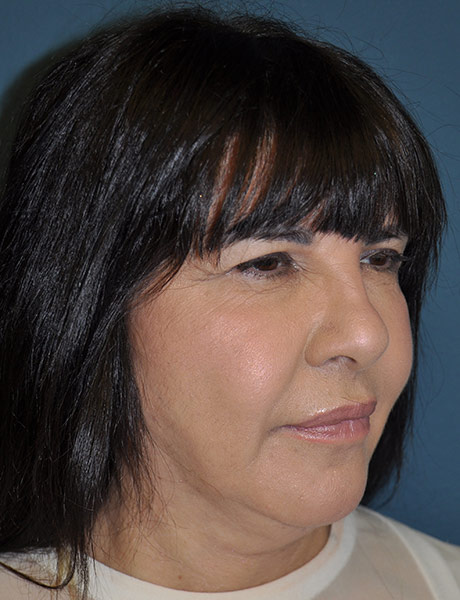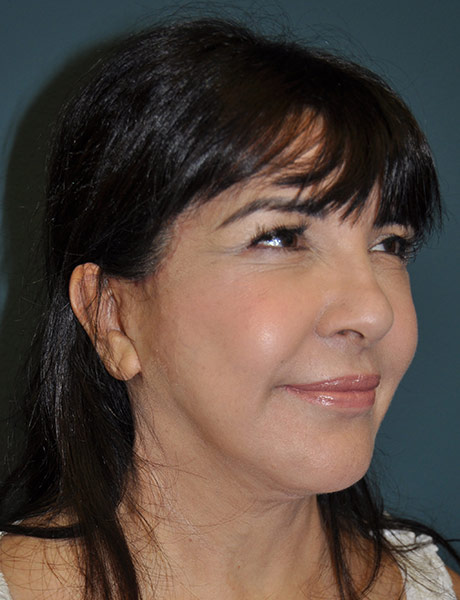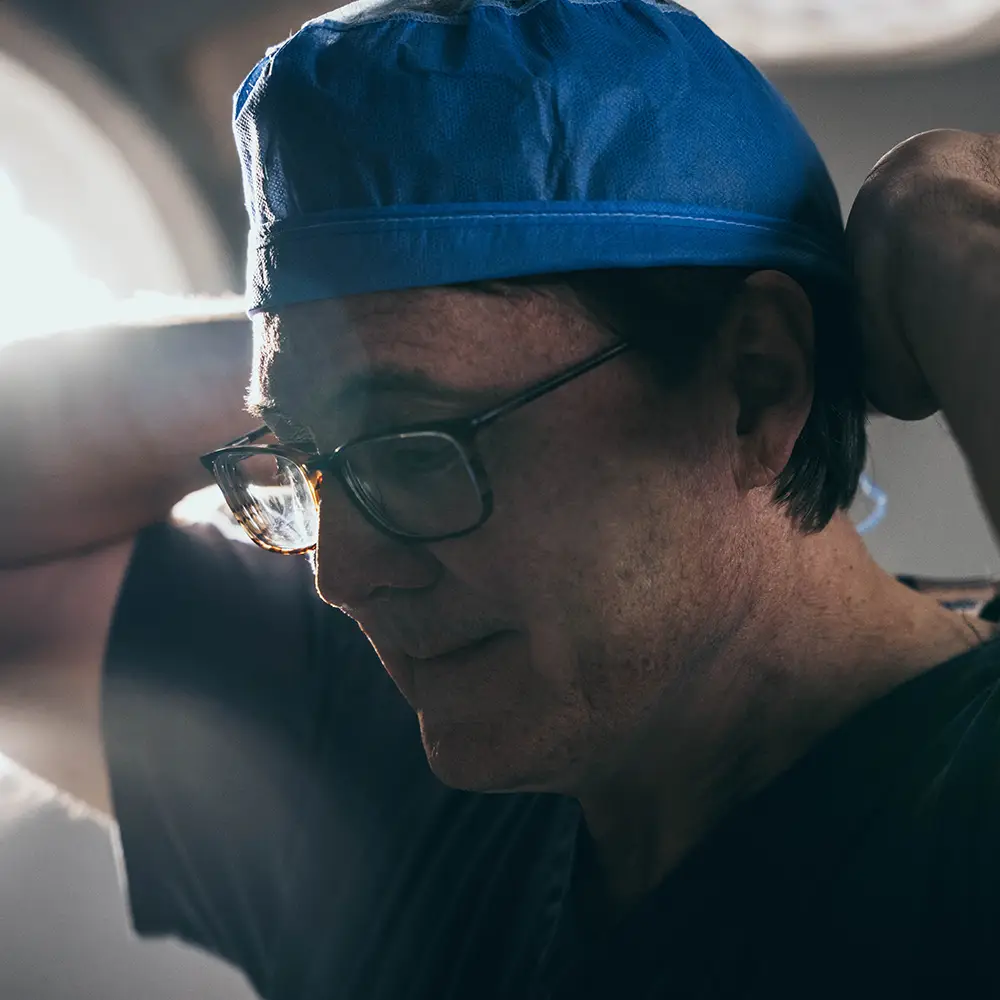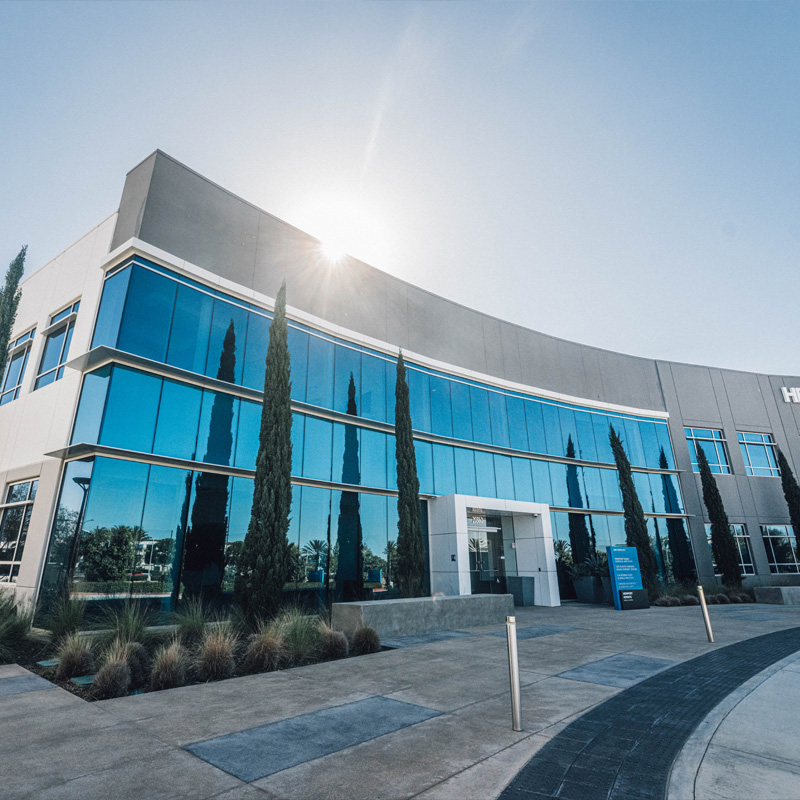What to Expect on the Day of Facelift
The procedure is done at a plastic surgery center under either general anesthesia or local anesthesia. In our center, we only utilize board-certified anesthesiologists for our patients.
In our experience, no two rhytidectomies are the same, and the procedure is customized to the particular needs of the patient. Some components are the same in all of the patients. The procedure starts with making incisions in or at the hairline and around the ear. The incisions are designed for minimal visibility after the procedure.
The skin is then elevated from the underlying fat in the cheeks and the neck. Dr. Sundine will then elevate the underlying facial tissues called the SMAS to allow us to reposition the facial fat. The SMAS flap has several effects: it repositions the soft tissues back up over the cheekbones, it repositions the jowl back up into the cheek, it provides hammock support to the neck, it allows for less tension to be placed on the skin giving fine line scars, and it provides for longevity of the lift.
After the SMAS flap has been sewn into position, the neck can be addressed. If there is excess fat in the neck, it may be removed with liposuction or direct excision. If there are bands in the neck, the muscles responsible for the bands may be divided or sutured together. Two drains are placed, and the skin is then tailored and sutured back together. We do not use any bandages, because we are concerned that the pressure from the dressing may compromise the blood supply to the skin.
A facelift in Newport Beach takes four to five hours. If more extensive procedures are performed this may add additional time. In rare cases, it may be necessary to perform the procedure in multiple stages.









